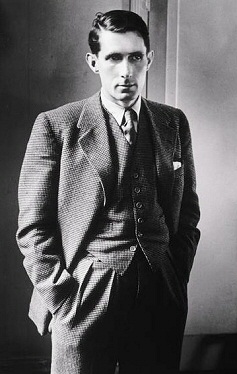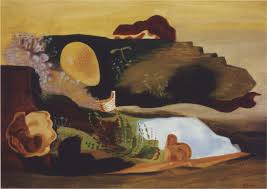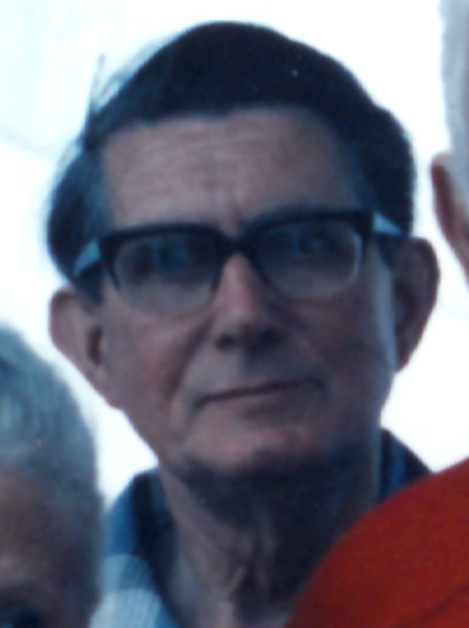
1900 - 1984
Sir Roland Algernon Penrose

description
An eminent English artist and sculptor, a connoisseur and collector of works of art, a teacher and publicist. Roland Penrose was one of the key figures of British Surrealism, and also a founder of the Institute of Contemporary Art in London, which was the center of the country’s avant-garde culture. For a long time, the artist was a curator at the famous Tate Gallery and did a lot to acquaint compatriots with advanced art movements of Europe.
The work of the British artist is mostly collages or paintings made in the collage style. In his works, the artist often used tourist postcards depicting famous places or architectural monuments, connecting them in various combinations, and creating his own original vision of world famous objects. The unexpected combination of incompatible things is the main idea of Penrose’s art, which is reflected both in his canvases and in sculpture.
The name of Roland Penrose is often mentioned in connection with his book “Picasso: Life and Work”, which is one of the most reliable sources of information about the great artist, with whom the author had been friends for many years. Apart from this work, Penrose also issued monographs about his contemporaries, including Joan Miro, Antoni Tapies and Man Ray.
Key ideas:
– Creating his paintings, the artist immersed into the world of his own imagination. He never knew, what exactly he wanted to paint, but simply twisted clippings and postcards, placing them in different positions on the canvas, until some plot appeared. Penrose named his paintings only after finishing working on them.
– Each painting by Penrose contains a riddle, which an author offers the viewer to unravel. The seemingly chaotic layering of forms and juxtaposition of objects that are clearly not matching each other fill the works with a special mysterious or mystical meaning, evoking complex associations in the memory.
– He used various unconventional artistic techniques in his works. The artist often worked in the technique of fumage invented by his friend Paalen; the image was created with the help of a soot of a lighted candle. Penrose borrowed Ernst’s method of footage, with the help of which he created an unusual surface structure in his paintings and collages. You can often see different inscriptions in English in the paintings of the master. These phrases partially explain the plot of the work, and, at the same time, make it even more complicated.
– Roland Penrose created mostly collages. He was the first to use touristic postcards, with the help of which he not only created certain forms, but also used objects depicted on them as some well-known symbols.
– In the works of the artist, there is a noticeable dynamics and desire to express movement, which was unusual for Surrealists., who preferred static figures that seemed to freeze in the space. Many canvases contain swirling elements or objects that try to go somewhere outside the painting. In several paintings by Penrose, movement seems to be directed inwards, deep into the canvas, creating a mysterious effect.
1900
1918
1922
1936
1938
1939
1947
1949
1958
1984
Roland Penrose was born
Entered the Queen's College of the University of Cambridge

He moved to Paris

Returned to London

Opened his own London Gallery

He voluntarily joined the air forces

Founded the Institute of the contemporary art in London

He organized an art gallery and a sculpture garden

With the consent of Picasso, he wrote a great book-monograph about him

The death of the artist

Sir Roland Algernon Penrose
On Artist
flow
Cubism
Dada
Surrealism
friends
Pablo Picasso
Paul Eluard
Joan Miro
artists
Oton Frieze
Andre Lot
Max Ernst
Georges Braque
By Artist
flow
Surrealism
Abstract expressionism
friends
Man Ray
Anthony Tapies
Leonora Carrington
artists
Naum Gabo
Pete Mondrian
Wolfgang Paalen
Henry Moore
Ben Nicholson
Barbara Hepworth
